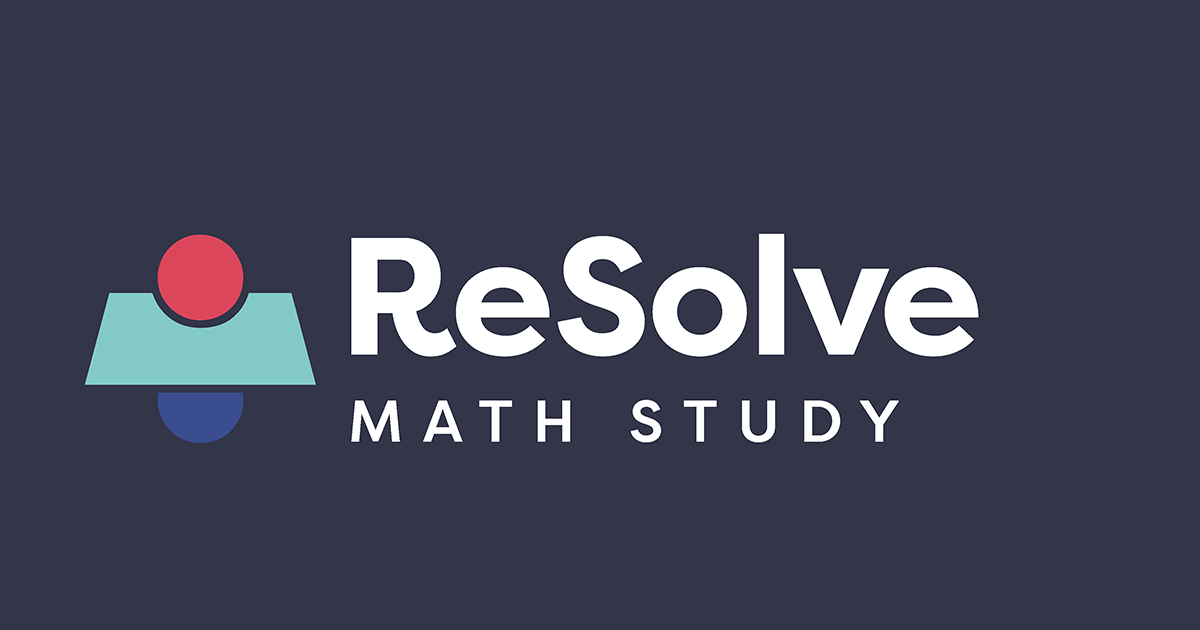ReSolve Math Study

Overview
 MDRC, in collaboration with RAND Corporation, Digital Promise, Westat, and Public Strategies, was commissioned by the U.S. Department of Education’s Institute of Education Sciences to conduct a large-scale, national evaluation project, the ReSolve Math Study. This study began in 2021, with plans to conclude in 2028. The ReSolve Math study is serving over 20,000 students in 70 schools in eight school districts and one charter management organization spanning seven states.
MDRC, in collaboration with RAND Corporation, Digital Promise, Westat, and Public Strategies, was commissioned by the U.S. Department of Education’s Institute of Education Sciences to conduct a large-scale, national evaluation project, the ReSolve Math Study. This study began in 2021, with plans to conclude in 2028. The ReSolve Math study is serving over 20,000 students in 70 schools in eight school districts and one charter management organization spanning seven states.
The coronavirus pandemic led to substantial unfinished learning in math. Educators now face the notable challenge of how best to help students catch up. Traditionally, policymakers and educators have advocated a "sequential" approach, which views all below-grade content as foundational and systematically reteaches any content where there are knowledge gaps. "Just-in-time" learning has received attention more recently. This alternative reteaches only below-grade content deemed most essential to understanding the current grade-level topic being addressed in class. There is limited evidence on which approach is most effective for catching students up, for which students, and in which contexts.
Using adaptive digital math products that can deliver these two catch-up approaches and that were selected through a competitive review process, the ReSolve Math Study will provide evidence about which approach is more effective in helping elementary school students to catch up in math. It will also determine whether one instructional support approach or the other works better for different kinds of students and will provide information on how educators use digital products in the classroom.
Two cohorts of participating schools are receiving free access to the products for two school years as well as associated training and supported implementation, while the study team collects information about student learning and students’ and educators’ experiences using the digital math products. The first cohort of schools began implementation in school year 2023-2024, and the second cohort began in school year 2024-2025.






